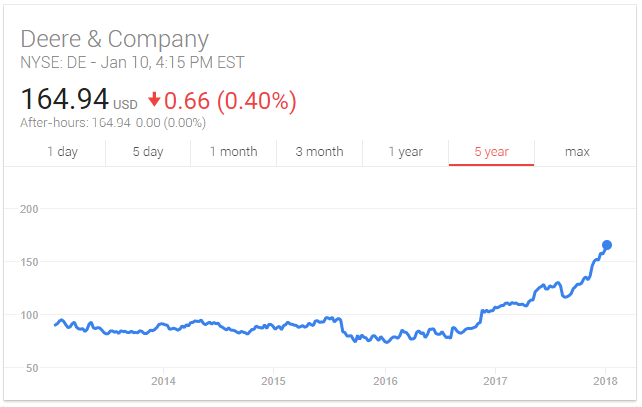I find it pretty amazing that 2021 did not turn out to be “the year of the gold bug.” You know the long-standing argument for the precious metal; huge deficit spending by the government leads to surging inflation, which in turn leads to a tremendous performance for gold - cementing its place as the dominant inflation hedge. Well, the consumer price index is setting up to exceed +6% for the year, the highest inflation rate in several decades. So let’s pop the champagne for the gold bugs as their bet finally paid off in spades:
Oh. Nevermind, I guess. Couldn’t even muster a gain of any kind this year.
The nail in the coffin for that strategy, I suppose. Hopefully that moment came a long time ago for many people.
The inflation hedge argument never really made sense to me. Over my lifetime, gold has compounded at about 4% annually versus the CPI at about 3%. Store of value? Sure. A hedge against inflation? Not so much, given that its track record is roughly the same as, well, most everything. It would be like saying U.S. small caps are a good hedge against U.S. large caps (the former narrowly outperforms the latter, on average, over the long term). Not a very compelling argument.
So why hasn’t gold done well this year? Others probably have more insight into that than I do, as I neither own gold personally nor in client portfolios. But I will say that I don’t really think demand for gold has anything to do with inflation. The supply of gold is fairly stable and predictable and the same can be said for demand (fairly narrow uses that don’t shift much year to year).
As we have seen in 2021, inflation really boils down to “too much money chasing too few goods.” In other words, strong demand coupled with constrained supply. You seem to need both to be true for prices to materially move above trend. Budget deficit hawks have been predicting inflation for a couple decades now, as government spending has surged this millennium, but price increases actually decelerated (globalism has only eased any potential supply constraints, such that strong demand has been met adequately).
Only with the pandemic and its impact on supply (of materials and labor alike) have prices surged. So within the commodities market, those raw materials that have seen the bigger supply disruption, and that are simultaneously used in the manufacturing of more “stuff,” have seen the biggest price increases. If anything, those are the inflation hedges.
While I suspect the inflation hedge argument will lose steam coming out of 2021, it will remain a part of portfolios for many managers going forward. Despite a down year, the long-term track record still suggests gold is a store of value. It also continues to have a low correlation with other asset classes, if not strong absolute performance, and that will be useful for investors looking to hedge a diversified portfolio over short periods of time. Over the long term, however, allocations to gold are likely to continue to be a drag on overall portfolio performance.








